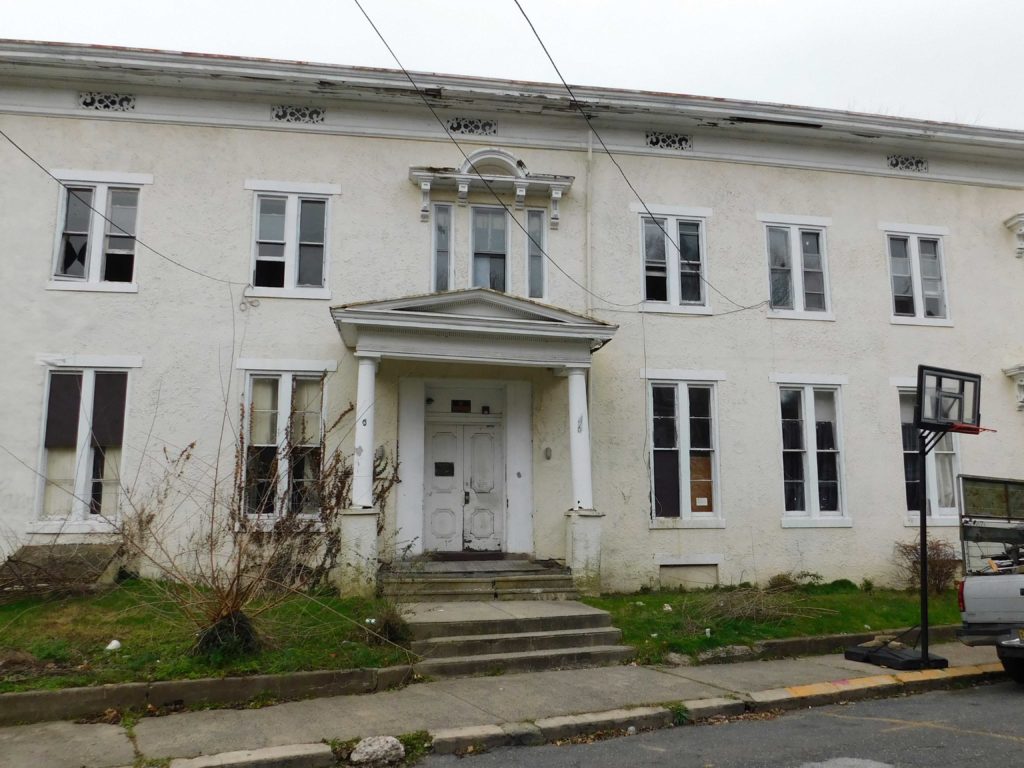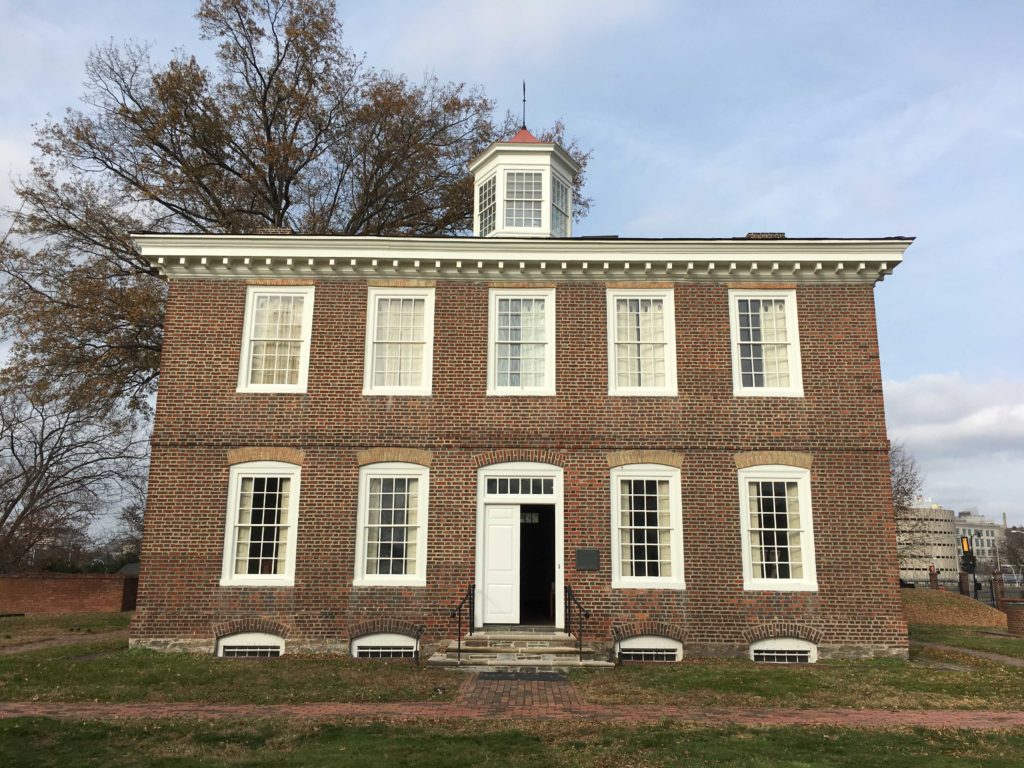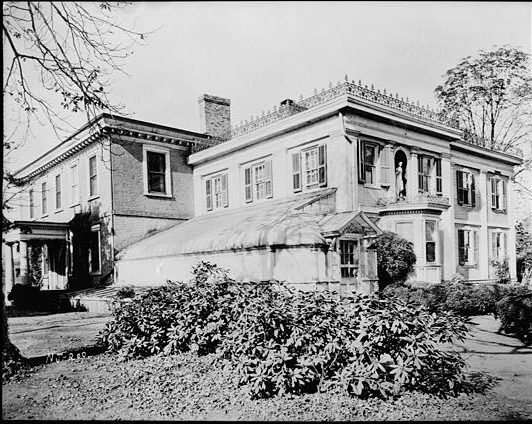Scenes from the first Assunpink Firewalk, part of the City of Trenton’s Patriots Week, which celebrates George Washington’s revolutionary victories at the Battles of Trenton.
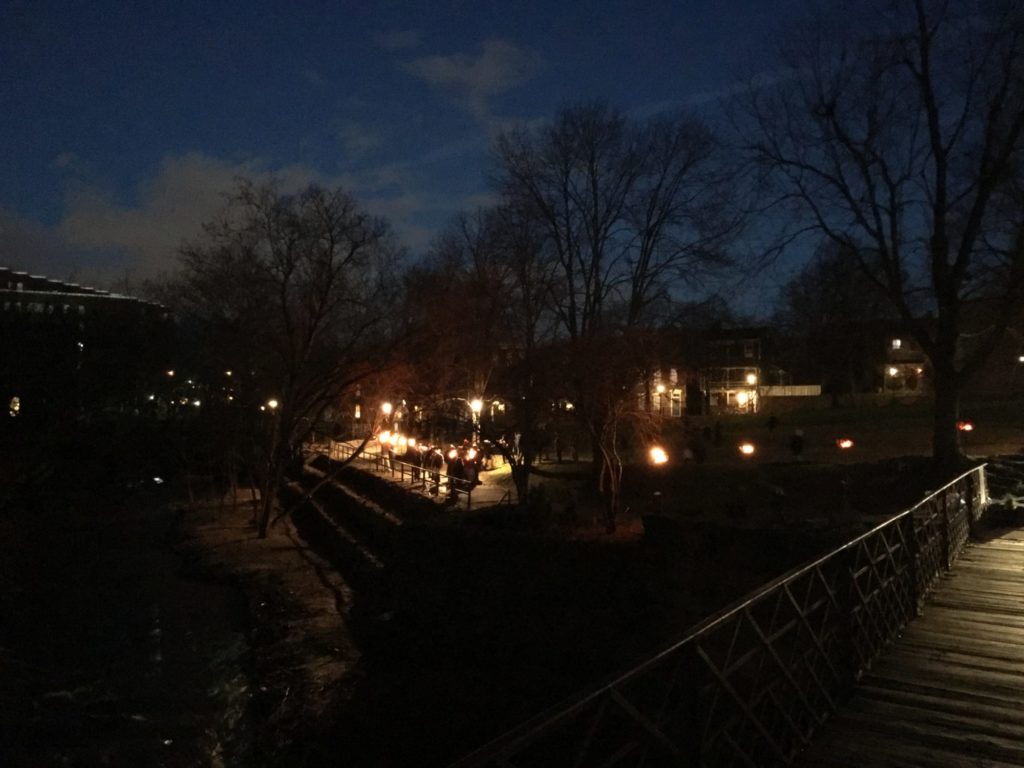
Thomas Paine, The American Crisis, 1776
THESE are the times that try men’s souls. The summer soldier and the sunshine patriot will, in this crisis, shrink from the service of their country; but he that stands by it now, deserves the love and thanks of man and woman. Tyranny, like hell, is not easily conquered; yet we have this consolation with us, that the harder the conflict, the more glorious the triumph.
The Firewalk was held along Assunpink Creek, near where American soldiers repulsed three British attacks at the second battle of Trenton on January 2, 1777.
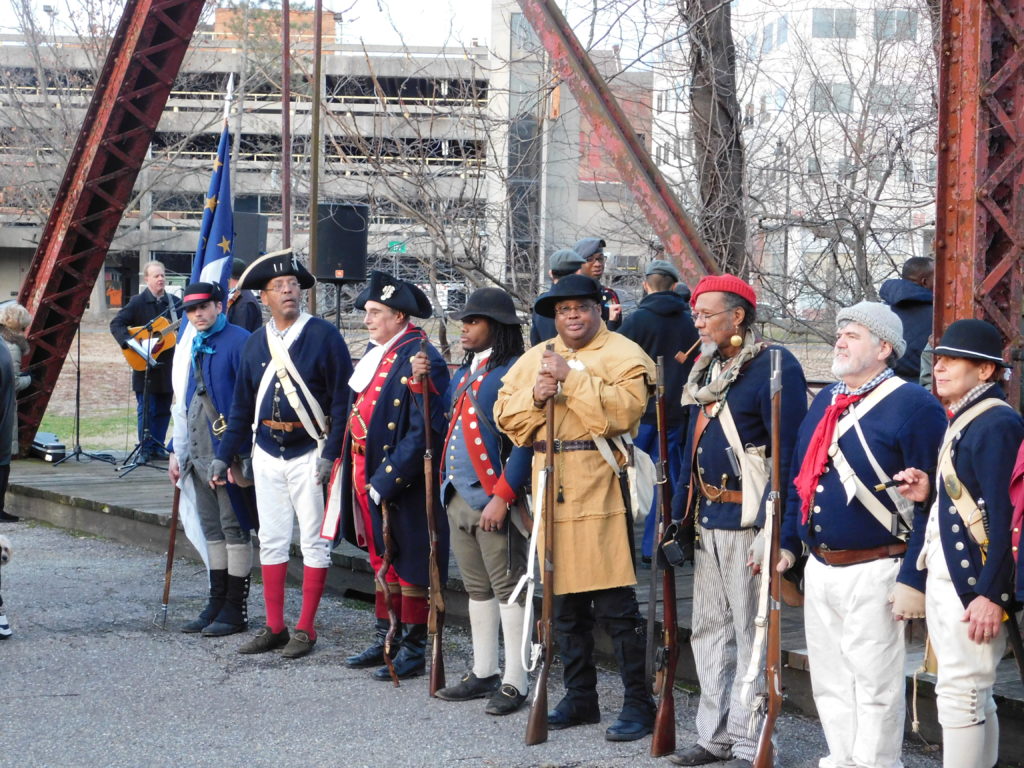
After night fell, Washington left a rearguard to light campfires and fool the British into believing the Americans were holding their positions. In actuality, the American troops were marching away. The next day, Washington would win another victory at the Battle of Princeton.
The Firewalk included the lighting of 13 torches, symbolizing both the 13 colonies and the fires lit by the Americans to cover their retreat, and a reading of Thomas Paine’s The American Crisis, written on December 23, 1776, and read to American troops before the first battle of Trenton.




